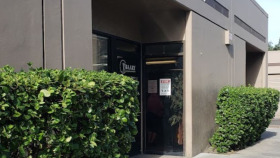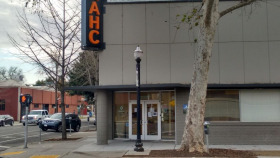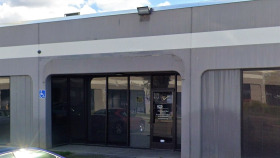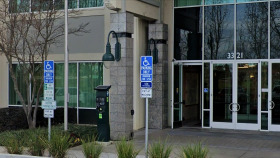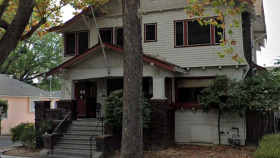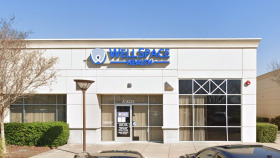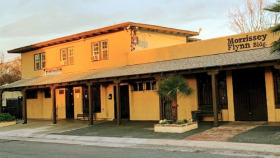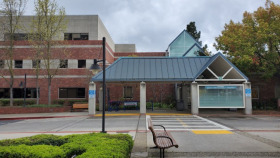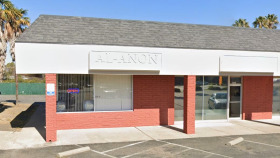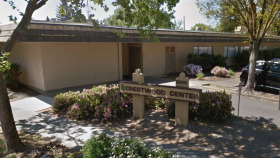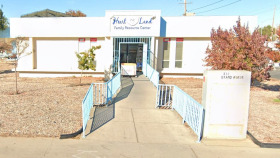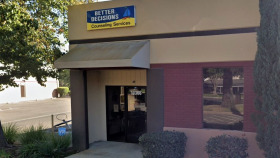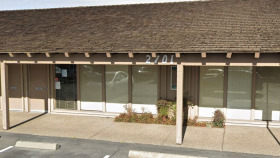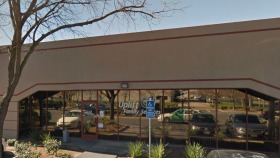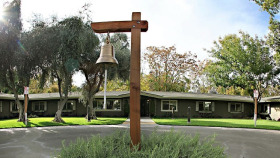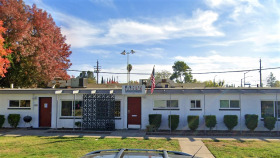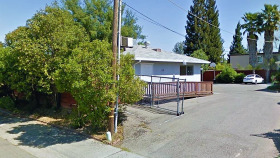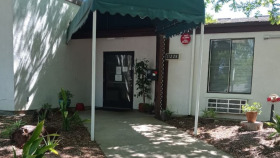Expert Insights
I loved hearing in the news that there is a new treatment center in Sacramento that’s run by people who have overcome addiction themselves. As a person who has recovered, I can see how hard it is to engage with providers who don’t truly understand substance use disorders. As one of the most stigmatized mental health conditions, many providers still believe drug use and addiction is an issue of morality even though they know it is a valid behavioral health condition. With providers who have lived experience, much like peer programs, I believe treatment will be more successful because they can empathize with patients, share their own experiences, and gain more trust with clients. I think this will lead to better outcomes.
~ Natalie Baker
How Expensive is Drug Rehab in Sacramento?
Costs for drug and alcohol rehab in Sacramento vary due to the facility and treatment offered.
Inpatient, outpatient, or combination treatment options
Amenities (upscale vs. basic facilities)
Duration of treatment program (30 days vs. 90 days)
Type of insurance accepted
Offers self-pay or payment plans
Offers sliding scale or government funding options
Location
Insurance can reduce the cost of treatment, but the amount of coverage depends on your policy. Inpatient facilities cost the most since they include room and board. They may also offer upscale amenities such as private rooms, massage or spa treatments, holistic treatments, pool, gym, etc.
It’s crucial to make sure your insurance policy covers the chosen addiction treatment facility or detox center in Sacramento, and whether it covers a partial or full portion of the cost of treatment. Medi-Cal and Medicaid cover treatment costs in some situations.
If you aren’t insured, there are government-funded, low-cost, or even free rehab options available. Some facilities offer a sliding scale fee system, which is based on the amount you can reasonably afford to repay.
How Do You Pay for Addiction Treatment in Sacramento?
You can find affordable rehabs in Sacramento to address your needs. To find options outside Sacramento, look into one of the 1,500 treatment facilities around the state of California. Remember to ask if the treatment facility offers payment options or financial aid for your unique needs. Most Sacramento rehabs will work with patients to ensure treatment.
How Does Sacramento Compare in Alcohol and Drug Use?
Sacramento saw 70 opioid-related overdose deaths in 2018, a 25% increase for the city. Data shows future trends include increases in heroin and synthetic opioid-related overdose fatalities, along with opioid-related hospital emergency department (ED) visits. With a total of 45 mental health treatment facilities and 58 accredited alcohol and drug rehab centers in Sacramento, residents of California’s capital city can access the necessary tools to achieve recovery.

All synthetic opioid overdose fatalities may be principally related to fentanyl.

The California Department of Public Health’s Overdose Prevention Initiative

Statistics indicate that providers issued 981,793 prescriptions in Sacramento in 2018.

The annual crude rate for prescriptions was 637.12 per 1,000 residents, a 20% decrease from 2016.
Drug and Alcohol Laws in Sacramento
California law includes the following policies related to substance abuse:
California Employee Protections for Drug or Alcohol Rehab: California’s labor code requires employers with 25 or more employees to provide accommodation to staff who voluntarily choose to attend alcohol or drug rehab. This may include unpaid time off or use of sick or vacation time. Employees who wish to request time off for addiction treatment may be able to request it under the Family and Medical Leave Act or the California Family Rights Act.
Substance Abuse and Crime Prevention Act: This act provides treatment opportunities for individuals who are convicted of non-violent crimes. Eligible offenders may serve their time in drug treatment rather than in prison.
California Government Prevention and Care Services: Senate Bill 110 expanded these services to include contingency management (an incentivized treatment program) as a benefit covered under Medi-Cal. Patients who demonstrate substance-free behavior, such as drug-free urine tests, are rewarded with vouchers or gift cards.
California Ethical Treatment for Persons with Substance Use Disorder Act: This bill protects residents undergoing addiction treatment by requiring alcohol and drug rehabs in California to adopt a client bill of rights that seeks to ensure every client is treated with dignity, honesty, and respect.
California’s Good Samaritan Law: This law encourages California residents to call 9-1-1 if an overdose is suspected. It protects individuals who seek emergency medical care for overdose from legal repercussions for possession of a controlled substance/drug paraphernalia or providing alcohol to minors.
Resources
- The Sacramento County Opioid Coalition (2022). Sacramento Opioids Data
- California Department of Public Health (CDPH), the California Department of Health Care Access and Information (HCAI) (2022). California Overdose Surveillance Dashboard
- California Department of Public Health. (2022). Overdose Prevention Initiative.
- County Rankings and Health, Sacramento County. (2022). Sacramento County Data Rankings





